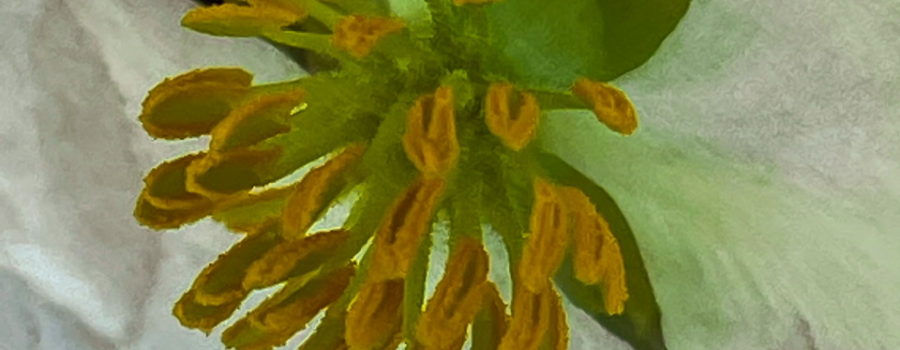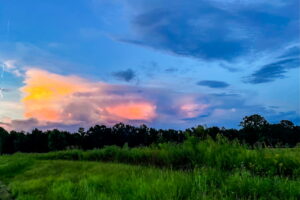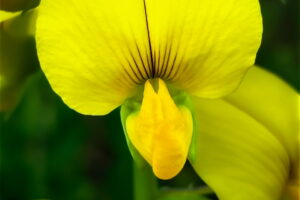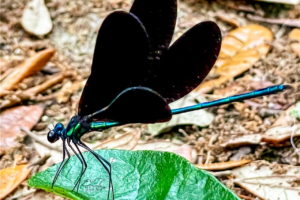Bulltongue Arrowhead has Beautiful Foliage and Flowers

Back in August, I made a trip down to Crystal River to visit my Mom. While I was there, her dog and I went for a very pleasant walk around the neighborhood. Crystal River is about an hour’s drive south of where I live, so it’s warmer (they rarely get winter frost), but it’s also a lot wetter. The city was built along the river, and much of the river was surrounded by swamps and wetlands. My Mom’s house is definitely in a swampy area, and the yard takes on water several times most summers and pretty much any time we get a hurricane through this area. I can remember canoeing around in our yard from time to time when I was in high school. Since the habitat is pretty different from up here in the sandhills, I knew there would be interesting things to photograph on that walk, and I was right.

One of the plants that I saw in abundance growing in some of the roadside canals was the bulltongue arrowhead (Sagittaria lancifolia). It’s also known as duck potato, wapato, and lance-leaved arrowhead. It was easy to spot since it had beautifully green, long, lance shaped leaves and long stems with multiple striking white flowers. They are considered perennials since even though the flowers and foliage die back every fall, the roots survive as long as they stay moist. They grow in fresh or mildly brackish water that is no more than one foot deep. It’s often found along pond and lake edges and in shallow, slow moving streams as well as in drainage ditches and canals. It reproduces both sexually via seeds and asexually from rhizomes. The rhizomes are not only involved in reproduction, but they also contain tuberous organs called corms that store nutrients. The corms are often eaten by ducks (hence the common name of duck potato) and other waterfowl, muskrats, nutria, some types of fish, and sometimes people since they are a great source of carbohydrates. Ducks, geese, and some other birds may also eat the seeds.

Bulltongue arrowhead is native to the coastal southeastern United States from Delaware south through Florida and as far west as Texas. It also grows as a native plant in Mexico, Central America, northern South America, and the West Indies. It has also been naturalized to the island nation of Java. You may also find this plant in other locations in water gardens. The seeds are commonly sold in nurseries for this purpose. Whether in nature or in a water garden, this plant likes full sun, but will tolerate partial shade. In partial shade, it may not bloom as well, though. It also requires wet, rich soil and warmer temperatures. Bulltongue arrowhead and other aquatic plants like pickerelweed and water hyacinth are vital components of their ecosystems. The parts of the plant that are under water provide food and shelter for many invertebrates, which in turn provide food for fish, frogs, snakes, waterfowl, and a myriad of other vertebrates. The plants themselves also are a good food source as we discussed earlier. Once the plants die, as they decay under the water, they provide nutrition for all of those invertebrates and the cycle starts again.

Getting to see more and different types of plants and animals is one of the best reasons that I can think of to go to various places. It always amazes me how traveling just a short distance can make a big difference in what there is to see. Each different environment, habitat, and even micro habitat can expose you to a new set of beautiful plants and animals. That’s also one of the reasons that I try to keep a camera with me wherever I go. Even something as simple as a dog walk can expose you to new and exciting things!

If you’re interested in beautiful nature photography and artwork as well as entertaining and informative nature related content, then you should subscribe to this blog. It’s easy and free and we will never spam you or share your information.





Recent Comments